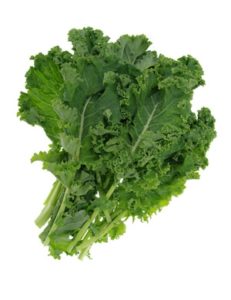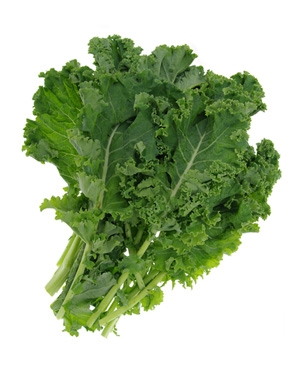We are in the midst of our Motherhood Cooking Series with Recipe for Success, and this great information about Kale is a tool we think you’ll find valuable!
This dark leafy green is loaded with key nutrients for pregnancy. Here’s why you should load up on this veggie—and delicious ways to serve it.
Did you know Kale was a Prenatal Super Food?
 Packed with nutrients, kale is one of the best prenatal foods around. But it can also taste like health food—especially to expectant mothers. “When cooked, kale can smell like sulfur, which some pregnant women find unappealing,” explains Stephanie Pedersen, M.S., a holistic health nutritionist and author of Kale (Sterling Press).
Packed with nutrients, kale is one of the best prenatal foods around. But it can also taste like health food—especially to expectant mothers. “When cooked, kale can smell like sulfur, which some pregnant women find unappealing,” explains Stephanie Pedersen, M.S., a holistic health nutritionist and author of Kale (Sterling Press).
But, with the right kitchen techniques, you can turn this nutrient powerhouse into a mouthwatering snack or dish. Read on to learn everything you need to know about this dark leafy green, plus get a recipe for an addictive kale dip.
Why it’s wonderful
Although a cup of cooked kale contains a mere 36 calories, it’s not light on nutrients. That amount delivers 3 grams of fiber, as well as 10 percent of your daily requirement of bone-building calcium. A cup of kale also delivers more than all of the vitamins A and C you need in a day. “Both are key for a strong immune system, which can help you fight off colds,” explains Pedersen. And if that wasn’t enough, you’ll also get more than 10 times the recommended amount of vitamin K. “This nutrient helps to keep blood vessels strong,” says Peterson. “That’s particularly important, because pregnant women have added blood flow in their uterine area.”
How to choose the right bunch
Although kale is generally in season during cold-weather months, it’s available in grocery stores year-round. There are three main types of kale:
- Curly (also called green): This ruffled green kale works well in stir-fries, smoothies and soups, as well as baked into kale “chips.”
- Lacinato (also called dinosaur, black or Tuscan): Marked by its dark, bumpy leaves, this variety has a tougher texture and meatier flavor. It holds up in chopped salads and when sliced into ribbons and sautéed.
- Red (also called Siberian or Russian): This variety, with its purplish veins, is best when tossed into soups and stir-fries. Because of its thinner leaves, it doesn’t.
For the freshest bunch, look for a leaves that are green and springy to the touch, not yellow, slimy or wilted. To store kale, remove any wilted leaves and wrap it in paper towels (don’t wash it first!). Place it in a plastic bag, removing as much air as possible, and stash it in your vegetable crisper for up to a week. Have too much to eat at once? Pederson recommends removing the ribs, blanching the leaves and freezing them.
Serving suggestions
You can substitute kale for any dark leafy green, such as in stir-fries, soups, stews and sautés. “If you’re averse to the taste, try blending it in smoothies,” suggests Peterson. “Just take out the center rib first.” She also recommends making a raw kale salad by slicing the leaves into very thin ribbons, adding lemon juice, salt, pepper and chili powder, and letting it marinate for 20 minutes.
You can also whip up nutrient-filled alternative to potato chips by baking kale pieces until they’re crispy. To make the “chips,” tear the leaves into bite-sized pieces, wash and dry them thoroughly and toss with olive oil and seasoned salt. Bake at 350°F for 10 to 15 minutes, flipping them over once; the edges should be brown but not burnt.
Cited from: https://www.fitpregnancy.com



